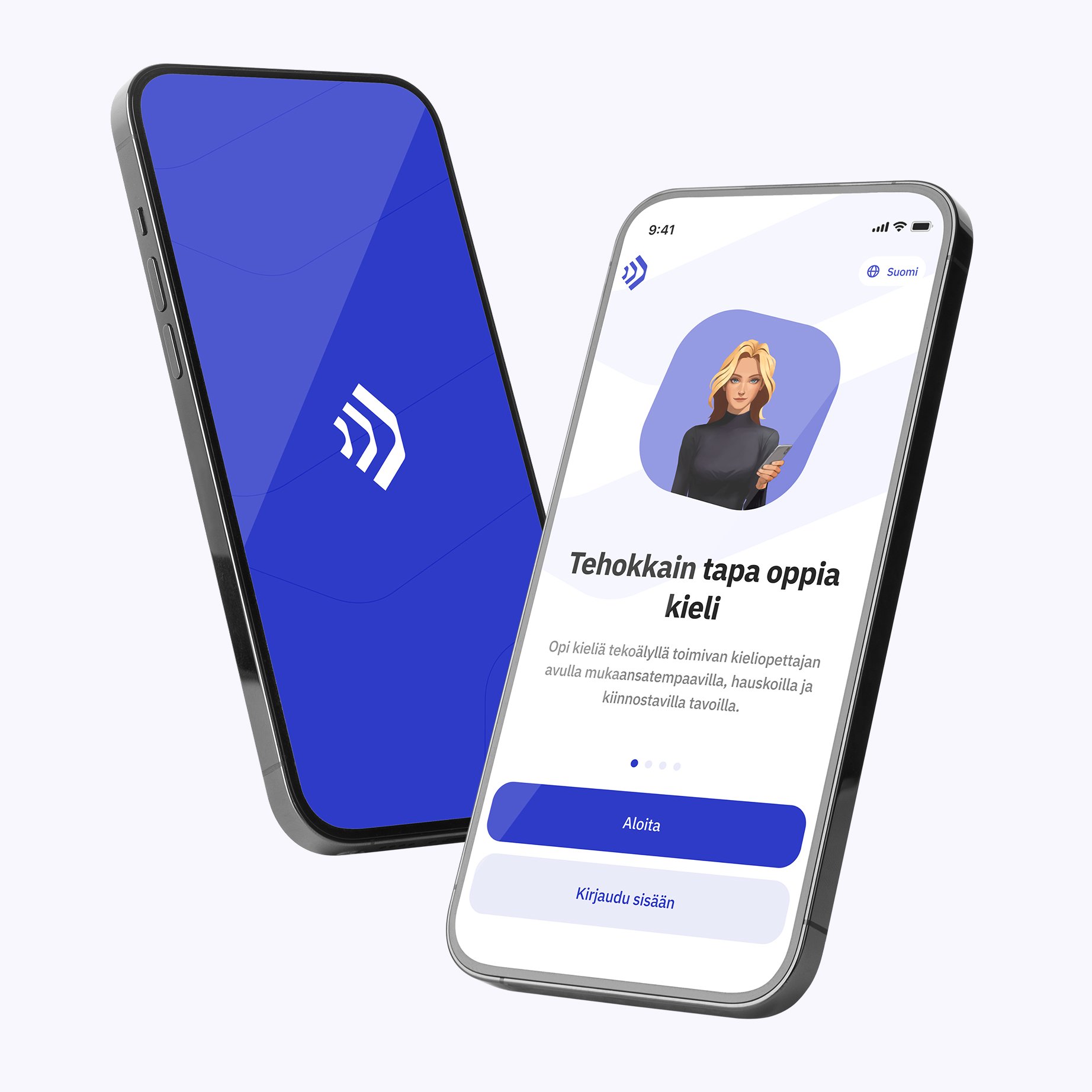What is Future Perfect and its Importance in Language Learning?
Future Perfect is a verb tense used to describe actions that will have been completed by a certain point in the future. It is typically formed using the auxiliary verb ”will have” followed by the past participle of the main verb. For example, ”She will have finished the report by tomorrow.”
Understanding and mastering Future Perfect is essential for:
- Expressing completed actions in the future accurately
- Enhancing fluency and precision in English communication
- Distinguishing between similar future tenses like Future Simple and Future Continuous
For Finnish speakers, who do not have an exact grammatical equivalent, learning Future Perfect can be challenging. However, with the right guidance and resources such as Talkpal, learners can grasp the concept effectively.
Future Perfect in English: Structure and Formation
Future Perfect is formed by combining:
- The auxiliary verb will have
- The past participle of the main verb
Basic formula:
Subject + will have + past participle
Examples:
- I will have completed the project by next week.
- They will have arrived before noon.
- She will have learned Finnish by the end of the year.
This structure emphasizes that the action is expected to be finished before a specific future time.
How to Express Future Perfect Ideas in Finnish
Finnish does not have a dedicated Future Perfect tense. Instead, similar meanings are conveyed through:
- Contextual time expressions: Using adverbs or phrases indicating future completion, e.g., ”ennen kuin” (before), ”mennessä” (by)
- Perfect forms with present or past tense verbs: Since Finnish verb tenses do not mark future strictly, perfect forms combined with future time indicators serve the purpose
Examples in Finnish
- Olen tehnyt työn ennen huomista. (I will have done the work before tomorrow.)
- He ovat saapuneet kello kahteen mennessä. (They will have arrived by two o’clock.)
- Hän on oppinut suomea vuoden loppuun mennessä. (She will have learned Finnish by the end of the year.)
Notice that the Finnish sentences use the perfect form ”olen tehnyt” (I have done) paired with future time expressions to indicate completion in the future.
Common Uses and Contexts of Future Perfect
Future Perfect is often used to:
- Describe an action that will be completed before another future event or time
- Project assumptions about completed actions in the future
- Express deadlines and anticipated accomplishments
Examples with Context
- Deadline: By the end of this month, I will have submitted my thesis.
- Assumption: They will have left by now.
- Sequence: She will have finished cooking before we arrive.
Tips for Finnish Speakers Learning Future Perfect
Given the lack of a direct equivalent in Finnish, learners should:
- Focus on the auxiliary verbs: Understand the use of ”will have” + past participle as a unit
- Practice time expressions: Incorporate phrases like ”by,” ”before,” and ”already” to clarify timing
- Use Talkpal’s interactive exercises: Engage in targeted drills that reinforce Future Perfect usage
- Listen and repeat: Exposure to native speaker examples helps internalize the tense
How Talkpal Facilitates Learning Future Perfect in English
Talkpal is a dynamic language learning platform designed to support learners in mastering complex grammar topics such as Future Perfect. Its features include:
- Interactive grammar lessons: Clear explanations and examples tailored for Finnish speakers
- Personalized practice sessions: Exercises that adapt to your skill level and progress
- Real-time feedback: Instant corrections to help avoid common mistakes
- Conversational practice: Opportunities to use Future Perfect in simulated dialogues
By integrating Talkpal into your study routine, you can confidently learn to recognize, form, and use Future Perfect effectively.
Summary: Mastering Future Perfect for Finnish Speakers
Although Finnish lacks a direct Future Perfect tense, understanding the English Future Perfect is crucial for advanced language proficiency. By recognizing the tense’s structure, usage contexts, and equivalent Finnish expressions, learners can enhance their communication skills. Leveraging tools like Talkpal makes this learning process accessible, engaging, and efficient. With consistent practice, the Future Perfect will become a natural part of your English grammar repertoire.










